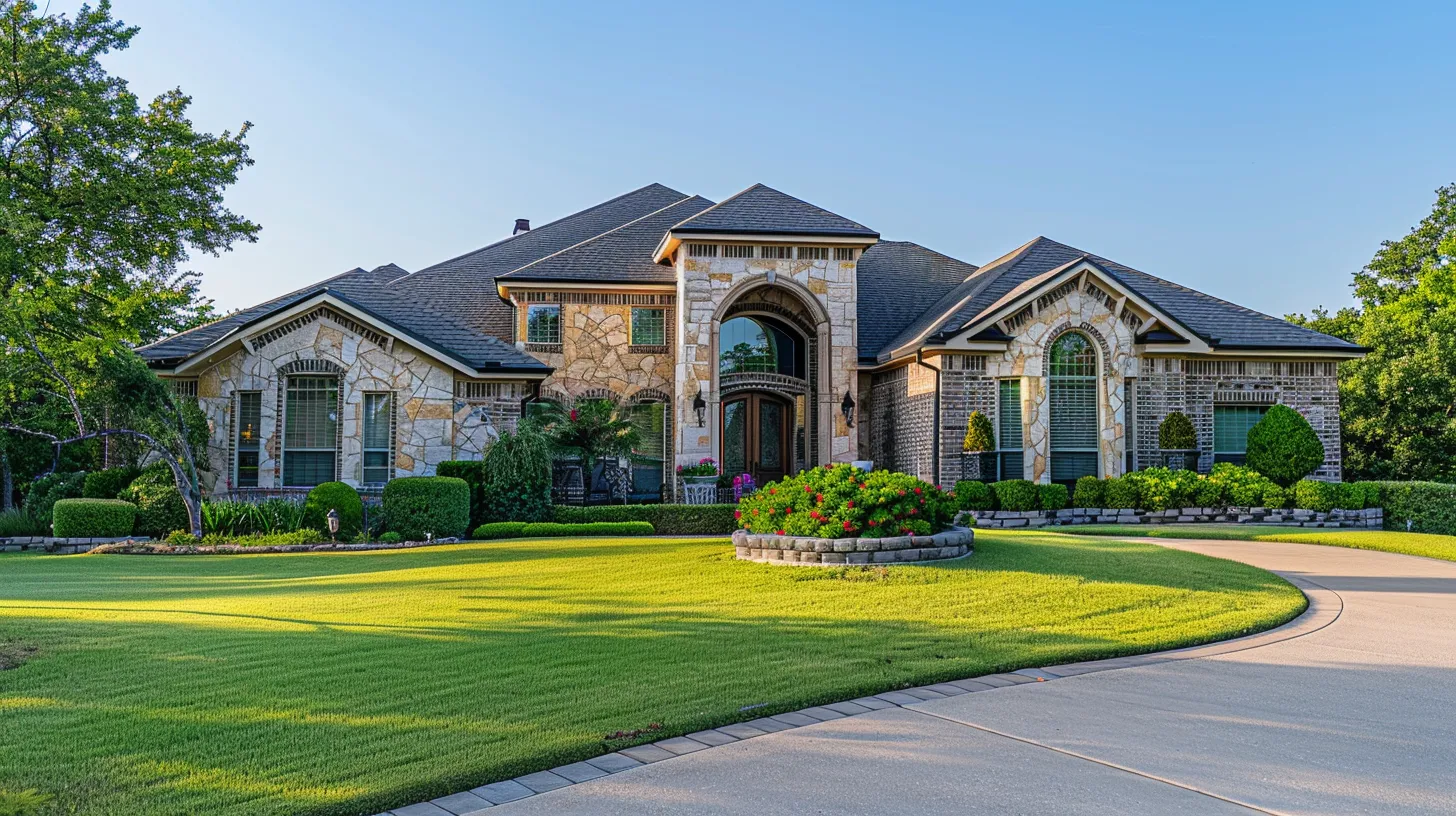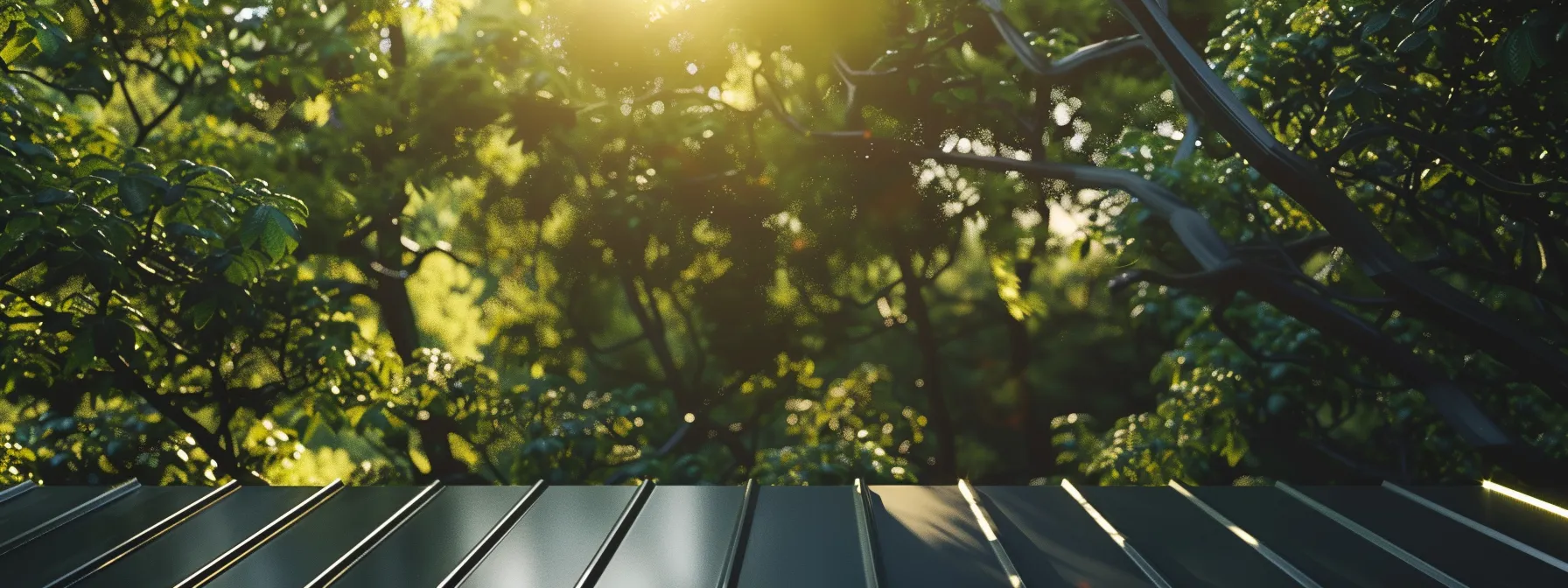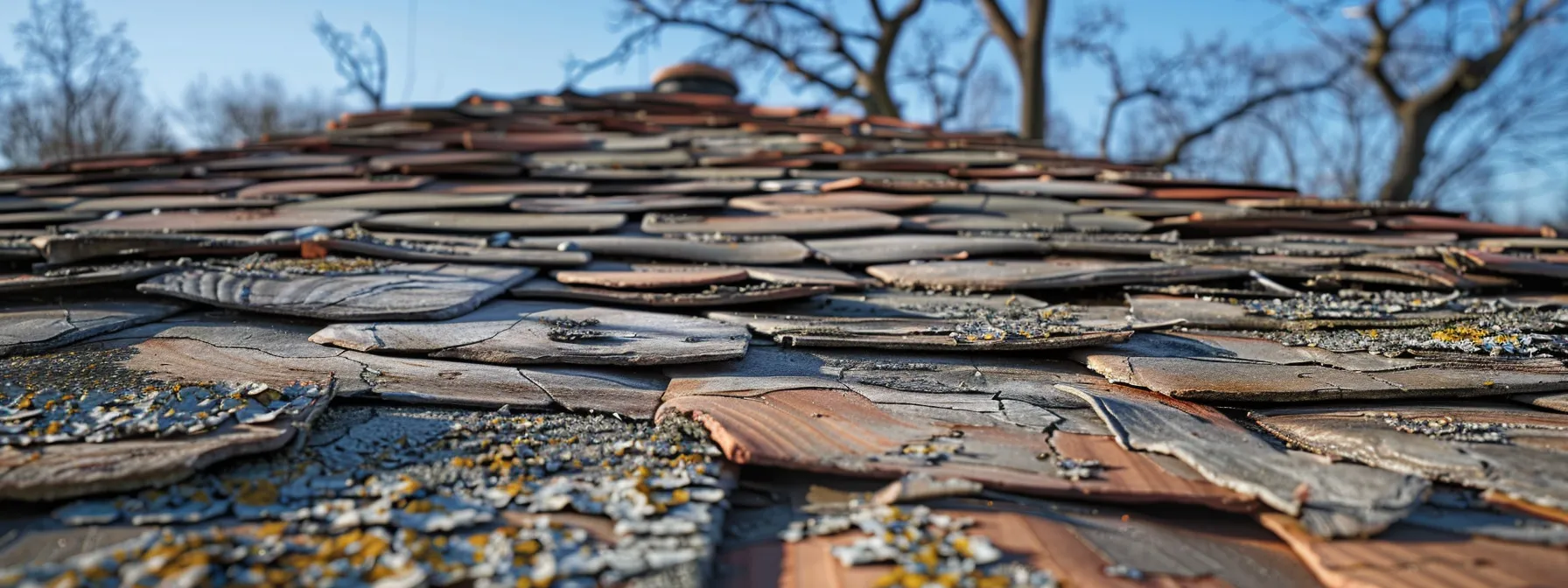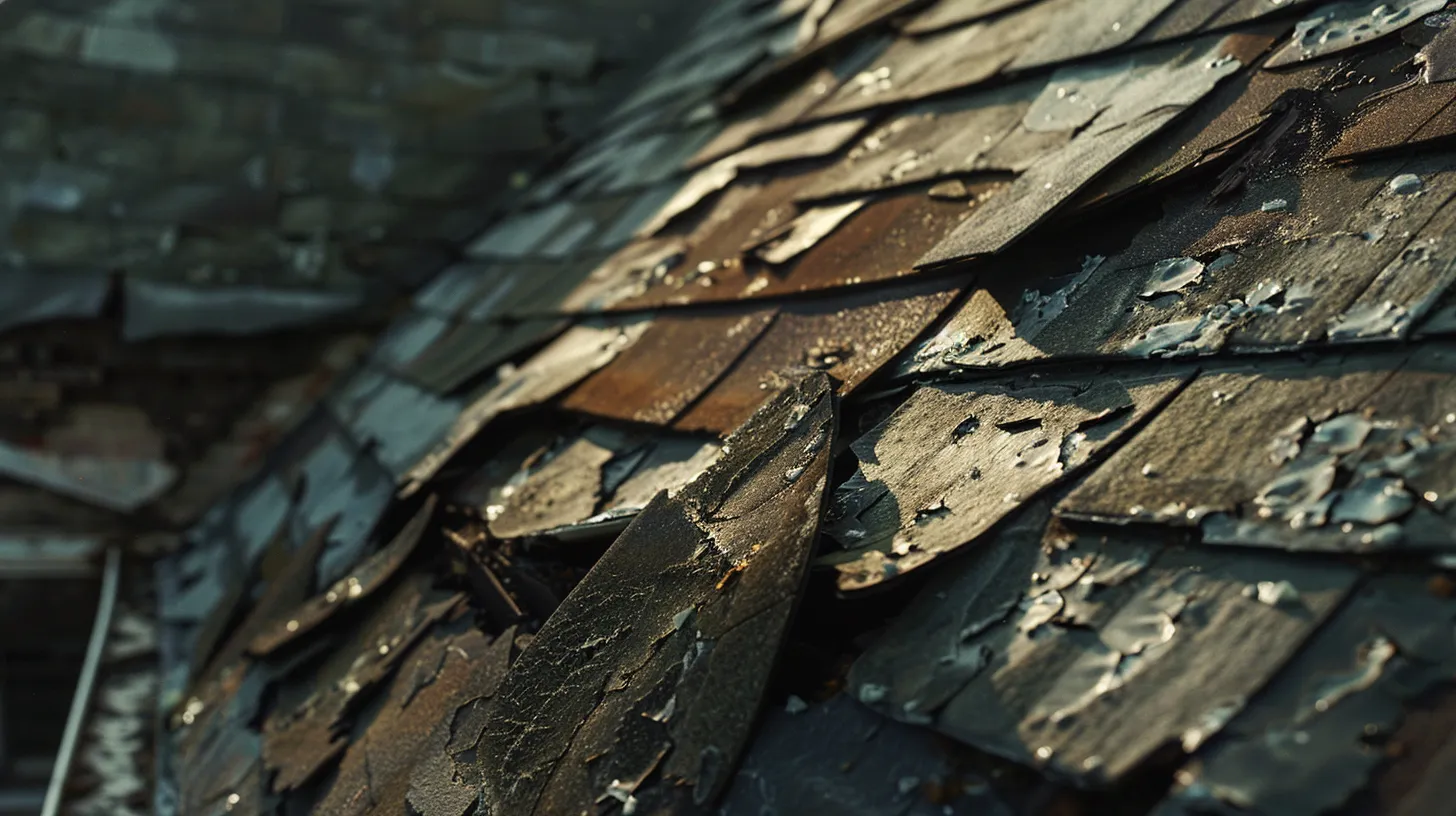
Why Regular Roof Inspections Save You Money
Are you aware that ignoring regular roof inspections can lead to costly repairs down the road? Many homeowners underestimate the impact of wear and tear on their roofs. This article will discuss how routine inspections help you identify potential leaks and other issues early on, thus prolonging your roof’s lifespan. You’ll learn about the connection between inspection frequency and roof longevity, as well as the financial savings that come from proactive maintenance. By engaging with this content, you’ll gain insights that can help you avoid expensive construction costs in the future.
Key Takeaways
- Regular roof inspections identify small issues before they become expensive repairs
- Well-maintained roofs enhance property value and curb appeal
- Inspections ensure compliance with roofing warranties, protecting your investment
- Seasonal changes impact roof lifespan, making regular evaluations essential
- Proactive roof care can lead to energy savings and lower utility bills
Regular roof inspections help you identify roof damage before it escalates into major issues. By addressing smaller problems early through roof repair and replacement, you can significantly reduce repair costs and extend the lifespan of your roof.
Extreme weather can take a toll on your roof’s integrity, leading to leaks and structural issues. Scheduling routine inspections allows you to assess the roof’s condition and make necessary adjustments to protect your home from the elements.
Proper ventilation and drainage play vital roles in maintaining your roof’s health. Inspections ensure that airflow is adequate and that drainage systems are functioning, which reduces the risk of moisture buildup and mold growth.
Investing in regular roof inspections is a proactive approach to home maintenance. By staying ahead of potential risks, you can save money on repairs and keep your roof in optimal condition for years to come.
Routine roof inspections save you money and stress. Now, let’s explore how these practices can lead to real financial benefits for your home.
Understanding the Financial Benefits of Routine Roof Inspections
Regular roof inspections play a crucial role in maintaining your property’s value and minimizing expenses. By identifying issues before they escalate, you can avoid costly repairs. Understanding how roof condition affects property value and your insurance coverage highlights the importance of proactive maintenance. Moreover, a well-maintained roof can lead to energy savings and help you effectively budget for future repairs, ensuring a longer life expectancy even in severe weather.
How Regular Inspections Prevent Costly Repairs
Regular roof inspections can prevent expensive repairs by identifying minor issues before they escalate. For instance, small leaks or damage to asphalt shingles can lead to significant problems, including requiring full roof replacements if neglected. By addressing these concerns early, you save on high roof inspection costs and increase the integrity of your home’s roof, ultimately extending its lifespan.
Furthermore, many roofing warranties require homeowners to conduct routine inspections to remain valid. Failing to adhere to these maintenance necessities could void your warranty, leaving you potentially responsible for costly repairs. A consistent inspection regimen not only fortifies your roof’s integrity but also protects your investment in the long run, ensuring your home remains structurally sound.
The Impact of Roof Condition on Property Value
The condition of your roof significantly influences your property’s value. A well-maintained roof, whether it’s a concrete flat roof or one with a traditional design, enhances curb appeal, which attracts potential buyers. When it comes time to sell your home, a strong reputation for a solid, leak-free roof can lead to better offers and an overall quicker sale.
Additionally, regular roof inspections boost your leak detection capabilities, allowing you to address issues before they contribute to bigger problems. By preventing necessary replacements due to neglect, you maintain the structural integrity of your home and can provide documentation of regular care, further establishing the value of your property when negotiating with buyers.
- The roof’s condition affects property value.
- A well-maintained roof enhances curb appeal.
- A strong reputation for reliability attracts buyers.
- Regular inspections improve leak detection.
- Preventing replacements helps sustain structural integrity.
Insurance Benefits From Proactive Roof Maintenance
Engaging in regular roof inspections is essential not only for maintenance but also for securing favorable insurance terms for your property. Insurers appreciate proactive roof care, as a well-maintained roof decreases the likelihood of damage claims. By maintaining a solid track record of roof evaluations, especially for commercial roofs, you can show insurers that you are minimizing risks, potentially leading to lower premiums and better policy options.
Moreover, documenting your commercial roof maintenance through these inspections can significantly influence your insurance coverage. Many policies require evidence of routine assessments to uphold claims related to storm damage or leaks. When you prioritize regular roof inspections, you not only increase your roof’s longevity but also protect your investment by ensuring that your property meets the necessary standards for insurance coverage. This proactive approach can save you money in the long term by avoiding costly repairs and maximizing your insurance benefits.
Energy Savings Linked to Well-Maintained Roofs
When you engage a certified roof inspector for regular evaluations, you’ll discover how such maintenance can lead to significant energy savings. A well-maintained roof prevents issues like curling shingles, which can reduce the overall efficiency of your home’s insulation. By addressing these minor roofing problems promptly, you optimize energy usage, leading to lower utility bills and a more comfortable living environment.
Incorporating energy-efficient materials during roof repair also contributes to long-term savings. Quality roofing systems reflect heat and provide effective ventilation, reducing reliance on heating and cooling systems. By investing in routine inspections and repairs, you enable your home to maintain its energy efficiency while saving money on repairs and energy costs over time.
Budgeting for Future Repairs With Routine Inspections
By scheduling regular roof inspections, you create an opportunity to budget for future repairs effectively. A certified roofer can identify potential issues such as waterproofing weaknesses or pest infestations before they escalate into costly damages from storms. This proactive approach not only helps you plan your expenses but also assures that your roof remains in peak condition.
Regular assessments allow you to anticipate necessary repairs and allocate funds accordingly, rather than being caught off guard by unexpected costs. Understanding your roof’s condition aids in prioritizing waterproofing projects and maintaining structural integrity. By addressing these concerns early with the help of a trusted roofer, you minimize financial strain and enhance the longevity of your roof investment.
A well-maintained roof stands the test of time. Understanding how often to inspect your roof is key to extending its life and protecting your home.
Roof Lifespan and Inspection Frequency
Understanding the recommended inspection frequency by roof type is essential, as each type has differing needs. Seasonal changes can significantly impact your roof’s lifespan, and recognizing signs that indicate immediate inspection needs will help you act quickly. Following these guidelines brings long-term benefits, and utilizing cost-effective strategies for scheduling inspections ensures that your roof remains in optimal condition while avoiding costly roof replacement.
Recommended Inspection Frequency by Roof Type
The recommended frequency for roof inspections varies based on the type of roofing material you have. For example, asphalt shingle roofs should typically be inspected every three years, while metal roofs may require attention once every five years. Being attentive to your roof’s condition can help you spot mold growth or deck damage early, preventing costly issues that could affect your ceiling and overall home structure.
Different roofing materials also have different lifespans and maintenance needs. Tile roofs, for instance, can often go longer between inspections, usually around five years, but you should monitor for signs of damage after severe storms. Staying on top of these timelines not only protects your investment but also ensures compliance with your insurance policy, which often requires evidence of regular roof maintenance.
- Asphalt shingle roofs: Inspect every three years.
- Metal roofs: Check every five years.
- Tile roofs: Inspections suggested every five years.
- Monitor for mold or deck damage.
- Adhere to insurance policy requirements.
How Seasonal Changes Affect Roof Lifespan
Seasonal changes can significantly impact your roof’s lifespan, making regular roof inspections essential. For instance, harsh winter weather can lead to ice buildup on tiles, resulting in increased wear and potential leaks as temperatures rise. Consequently, being proactive in scheduling a free roof inspection after extreme weather can help you identify these issues early, saving you from costly repairs down the line.
Additionally, summer heat can cause roofing materials to expand and contract, which may weaken seams and joints. By monitoring your roof’s condition with inspections throughout the year, you can catch signs of wear that could lead to more severe problems, such as leaks or structural damage. Understanding how seasonal changes affect your roof allows you to take action and maintain your investment efficiently.
- Harsh winter weather can lead to ice buildup on tiles.
- Summer heat can cause roofing materials to expand and contract.
- Regular inspections help identify wear before it becomes severe.
- Scheduling inspections after extreme weather is advisable.
- Monitoring your roof throughout the year protects your investment.
Signs That Indicate Immediate Inspection Needs
Several signs indicate that you may need an immediate roof inspection to maintain your property’s efficiency and protect your investment. For example, if you notice missing or damaged slate shingles, or if you observe unusual water stains on your ceilings, these could be early indicators of underlying issues. Additionally, after harsh weather events like hail or heavy snow, it’s wise to inspect your roof promptly for any potential damage that could compromise its integrity.
Other signs of deterioration may include visible sagging or warping of the roof deck, which can lead to significant problems over time if not addressed quickly. You might also want to check drainage systems and gutters; if they are overflowing or showing signs of material build-up, this can lead to moisture accumulation and further wear. Being proactive in recognizing these signs enables you to tackle roofing issues before they escalate, ultimately saving you money on repairs:
- Missing or damaged slate shingles.
- Water stains on ceilings.
- Signs of warping or sagging in the roof deck.
- Overflowing gutters or drainage issues.
- Visible damage after snow or hail storms.
Long-Term Benefits of Following Recommended Guidelines
Following recommended inspection guidelines enhances the durability of your roof and significantly reduces the chances of water damage. For a metal roof, regular checks allow you to detect minor issues before they escalate, ensuring that your roof remains structurally sound over the years. Creating a comprehensive checklist during these inspections can help you identify potential problems early, saving you from unexpected repair costs and extending the lifespan of your roofing system.
Additionally, adhering to a consistent inspection schedule often leads to obtaining a roof certification, which can be a valuable asset when it comes time to sell your property. This certification demonstrates that your roof has been well cared for and minimizes the risk of claims related to water damage. By prioritizing these inspections, you are not only protecting your current investment but also maximizing its worth for the future.
Cost-Effective Strategies for Scheduling Inspections
To optimize your roof inspections, consider scheduling them in alignment with seasonal changes that can affect your roofing materials. For instance, after periods of heavy wind or rain, it’s wise to have a thorough evaluation. This allows you to identify any weaknesses, such as damage to the membrane, before they lead to costly replacements later on.
Additionally, incorporating a routine check of your roof after the fall season can help clear away leaves and debris that can accumulate and cause blockage in drainage systems. This proactive maintenance not only guards against potential leaks but also extends the lifespan of materials like clay tiles, ensuring they remain intact and effective throughout the year.
With understanding comes clarity about the lifespan of your roof. Knowing when to act can save you from greater troubles down the road.
Conclusion
Regular roof inspections significantly contribute to the longevity of your roofing system. By having your roof inspected on a set frequency, you can catch minor issues like moss growth before they develop into costly repairs or replacements.
Prioritizing these inspections not only enhances the longevity of your roof but also ensures the safety of your home. A well-maintained roof reduces the risk of leaks and structural damage, protecting both your property and your investment.
Scheduling routine evaluations means you can stay ahead of potential problems, which ultimately saves you money. You’ll be able to address concerns early, allowing for affordable repairs rather than facing the financial burden of extensive damage later on.
In conclusion, making regular roof inspections a part of your home maintenance routine is a smart strategy to protect your investment. Not only do they help maintain safety and roof longevity, but they also provide a reliable way to manage your roofing expenses effectively.
Frequently Asked Questions
How often should I schedule roof inspections?
You should schedule roof inspections at least twice a year and after major storms. Regular check-ups help identify issues early, ensuring your home remains protected from leaks and damage while extending the lifespan of your roofing system.
What are the financial benefits of regular roof inspections?
Regular roof inspections lead to significant financial savings by identifying issues early, preventing costly repairs, and prolonging the roof’s lifespan. This proactive approach protects your investment, ensuring your home remains structurally sound and efficient.
Can roof inspections prevent costly repairs?
Regular roof inspections can identify issues early, helping you avoid expensive repairs. By addressing minor problems promptly, you ensure your roof’s longevity and protect your home from potential water damage and structural issues.
What is the average lifespan of a roof?
The average lifespan of a roof varies based on materials: asphalt shingles last about 15-30 years, while metal roofs can endure 40-70 years. Regular maintenance can extend these lifespans, ensuring durability and reliability for your home.
How do I find a reliable roofing contractor for inspections?
To find a reliable roofing contractor for inspections, check online reviews, ask for recommendations from friends, and verify credentials. Ensure they have experience in your specific needs and seek estimates from multiple contractors to compare services.
Conclusion
Regular roof inspections are a crucial investment that can save you significant expenses over time. By identifying minor issues early, you prevent costly repairs and extend the lifespan of your roof. Maintaining your roof not only preserves your property’s value but also enhances energy efficiency, contributing to lower utility bills. Prioritizing these inspections ensures your home remains secure and well-kept, ultimately protecting your investment for years to come.




